We cover land, sea and air in the search for summer wildlife, leaving no discarded shell unturned.
If you're looking to have a summer full of wildlife spectacles, check out our article by naturalist and author James Lowen on which species to look out for and where to see them, including bottlenose dolphins, otters, and basking sharks.
Gulls (Laridae family)
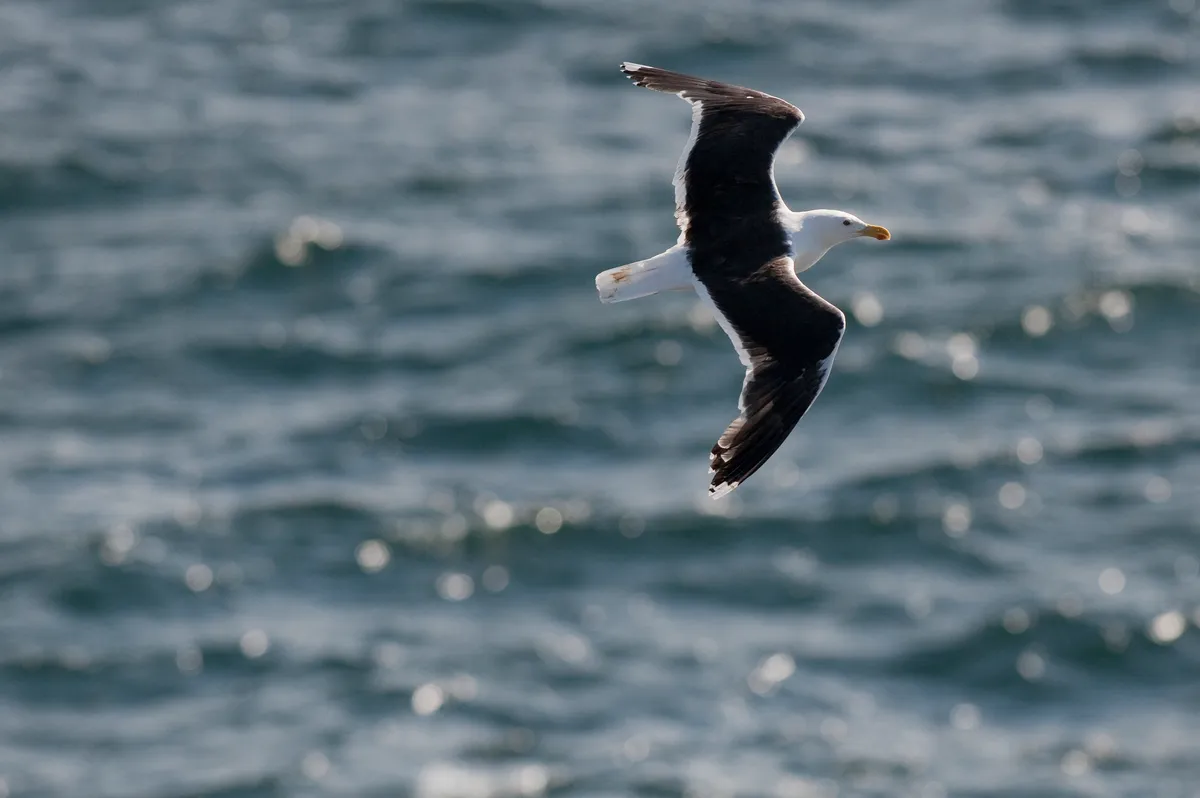
With the British media’s traditional silly season in full swing, you can be sure of stories about aggressive ‘seagulls’, featuring harassed tourists and outraged locals calling for the chip-stealing, pavement-fouling pests to be culled.
A 2017 study found that in summer the number of gull articles soars; seven times as many appear in August compared to May or June. Yet these beleaguered birds are merely taking advantage of food we carelessly provide. (There’s no such thing as ‘seagulls’, either. They’re just gulls.)
Two species in particular attract people’s ire: the herring gull and its smarter, yellow-legged close relative, the lesser black-backed gull. Both are conspicuous, both increasingly seen in city centres.
However, our biggest, and arguably most thuggish, gull ironically gets a much better press. The great black-backed gull (pictured above) may be intimidating – it is the world’s largest gull, with a hulking physique, meat-cleaver bill and longer wingspan than a buzzard – but it keeps itself to itself and seldom visits urban areas.
It patrols seabird colonies alone, scanning for undefended chicks, which it swallows whole. Another favoured feeding technique is to mug adult birds coming ashore with beaks or crops full of fish. The victims usually give up their catch.
Stoat (Mustela erminea)
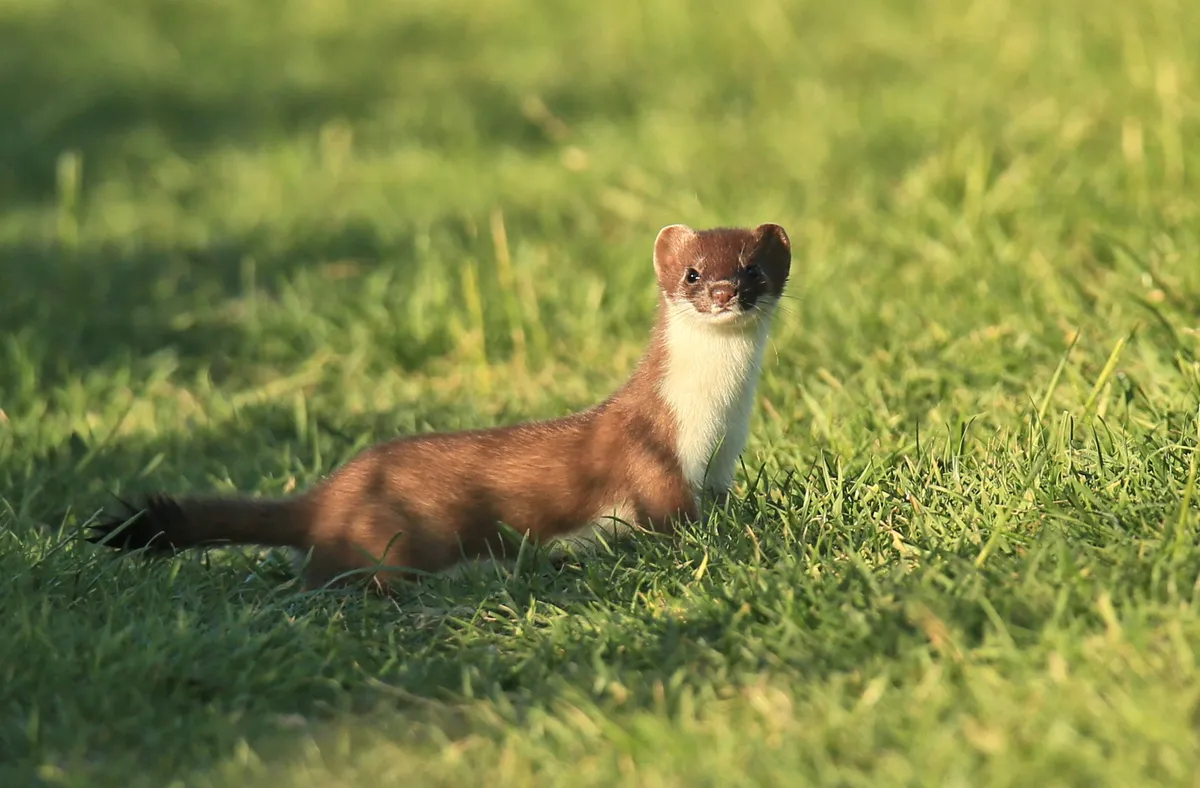
Young stoats born in spring are now splitting up to hunt for themselves, after relying on their mothers’ hunting prowess throughout the summer. They are perhaps unlikely to catch many adult rabbits – the favourite prey of stoats – but naive baby rabbits and small rodents had better watch out.
As well as finding enough to eat, the newly independent stoats must dodge everything from foxes to tawny owls, grey herons and pet cats. Few survive their first winter, which is why stoat litters are so large, with up to a dozen kits.
Learn more about mustelids in the UK:
Chalkhill blue butterfly (Lysandra coridon)
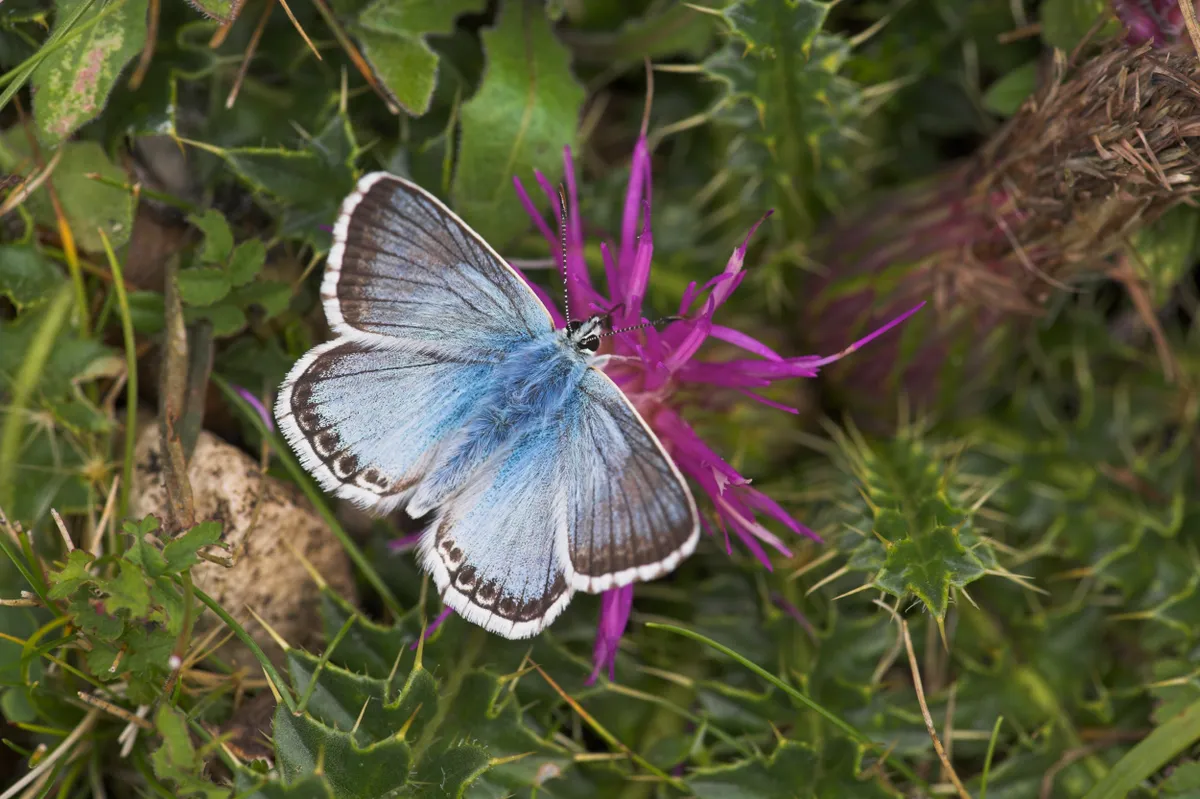
August is peak season for blue butterflies, with six of the UK’s nine regular breeding species on the wing. Chalkhill blues are habitat specialists – to see them, visit a chalk downland in southern England managed for nature. There are also isolated colonies in the Midlands and Norfolk.
Focus your search on sheltered areas where the microclimate at grass level is warmer. Mark Cocker, in his book A Tiger in the Sand, describes how these baby-blue butterflies gather in sunny spots, “their wings opening and closing like so many pale winking eyes”.
Common carder bee (Bombus pascuorum)
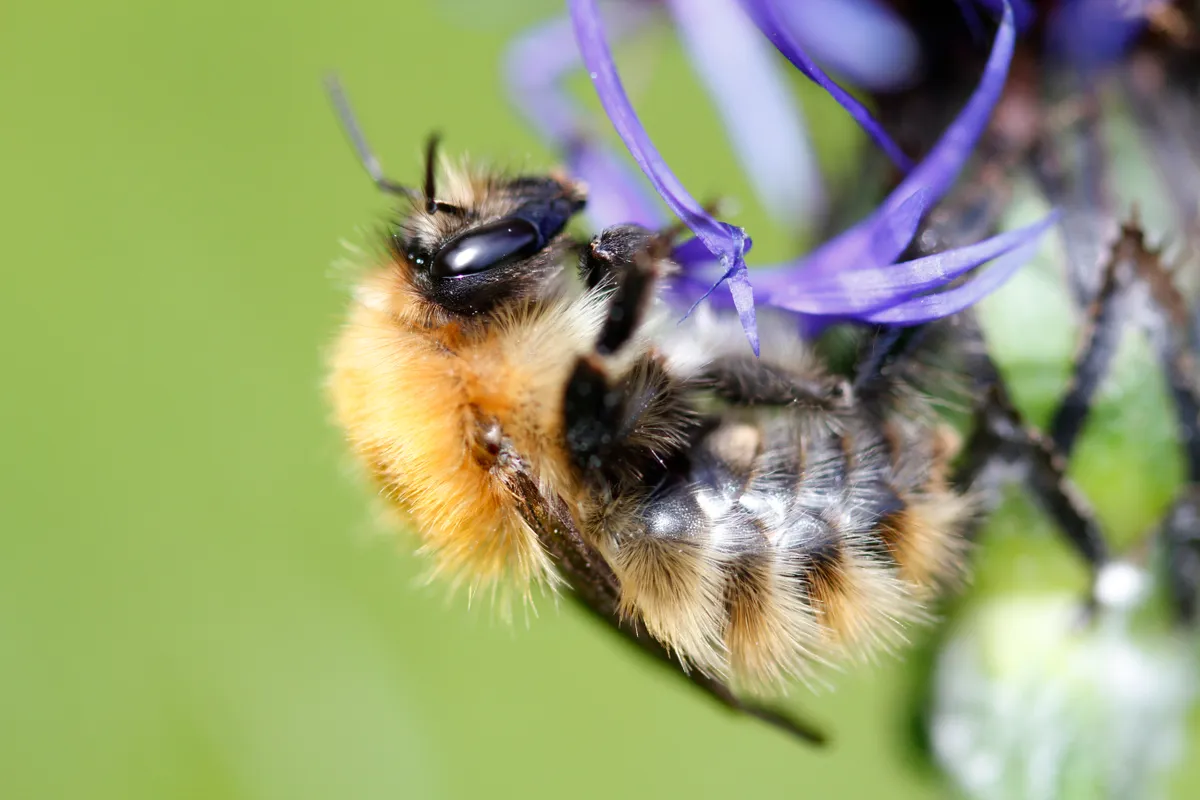
These delightful little bumblebees vary quite a lot in colour, though usually have ginger fuzz on their thorax, with cream and black stripes on their ‘tail’. They are among our most abundant summer bees, flourishing in gardens and allotments, as well as in all kinds of other grassy places.
Their name comes from their curious habit of combing (‘carding’) plant hairs and pieces of grass over their brood cells. Unlike many other bumblebees, they don’t build their nests underground, but tucked among moss or tussocky grass, or hidden under hedges.
Bell heather (Erica cinerea)
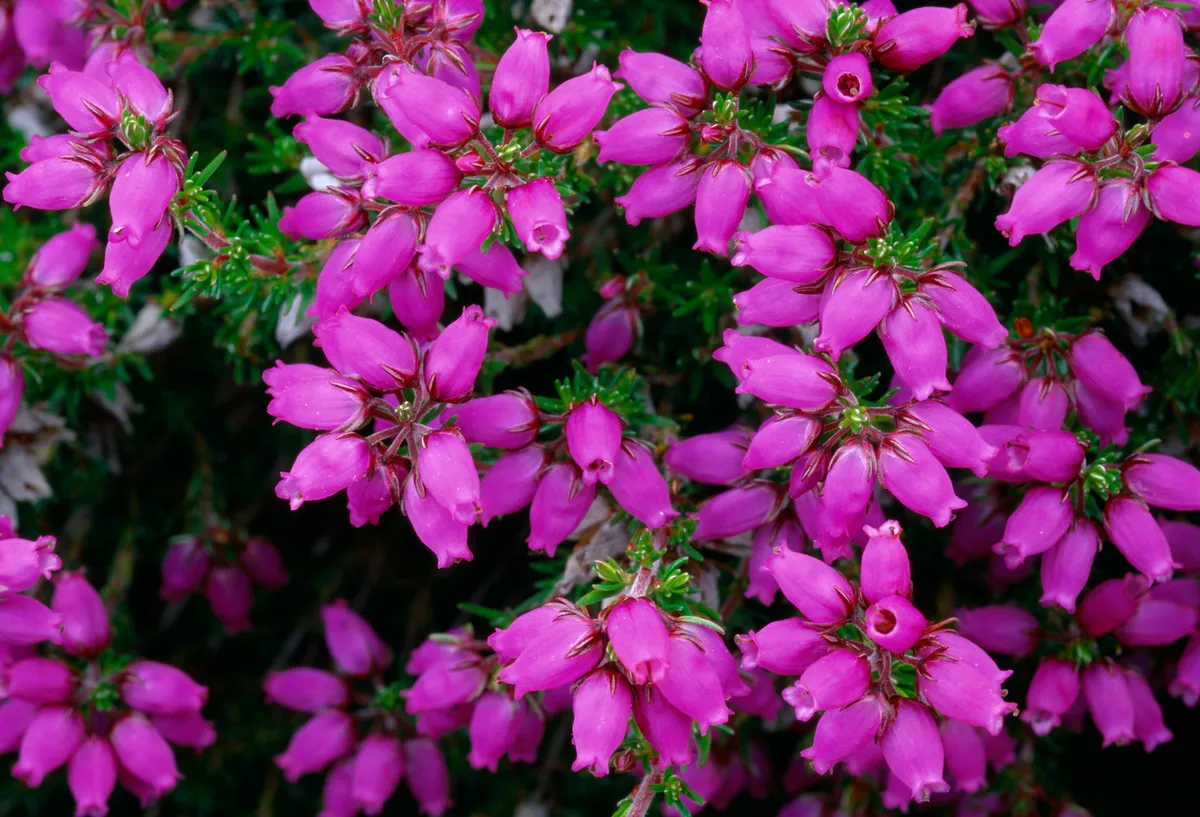
Swathes of heather look stunning this month. The hardy shrubs turn entire moors purple, especially on estates managed for grouse shooting. Of the three widespread species, bell heather wins hands down for knockout visual impact. It is an intense magenta, much bolder than the mauve of its relatives.
The flowers, which hang in bunches, are bell-shaped with four prongs around the rim. They produce copious nectar, so hum with insects. Bell heather prefers drier areas than other heathers, such as wooded lowland heaths and coastal clifftops.
Minke whale (Balaenoptera acutorostrata)
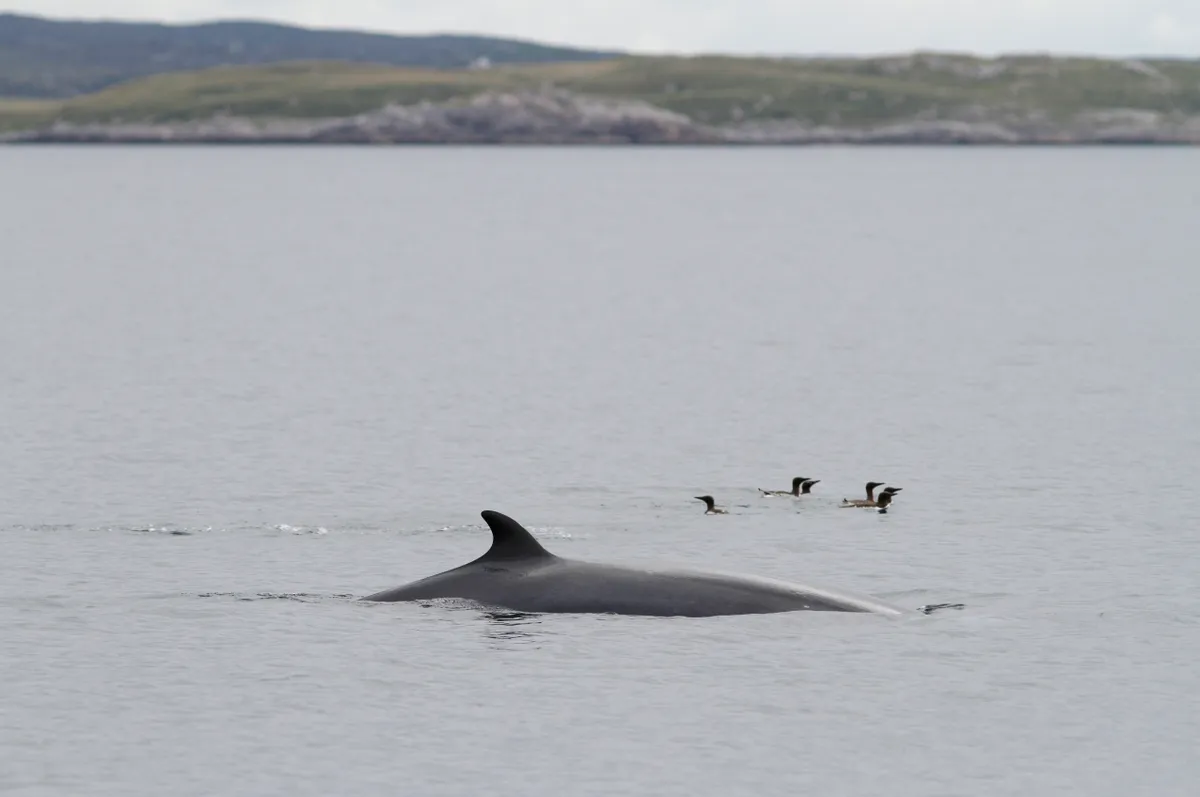
Whale watching has taken off at a few locations around Ireland and northern Britain. July to August is probably prime time for encounters with minke whales, the most frequent large species in this part of the world. Normally seen singly, the 7–10m-long cetaceans come here to hunt herring and sandeels.
Their name is pronounced ‘minky’, hence the (rather cruel) nickname ‘stinky minkes’. In his memoir Cottongrass Summer, Scottish conservationist Roy Dennis writes: “I prefer to use ‘lesser rorqual’ than commemorate the name of a long-gone Norwegian whaler.”
Greater burdock (Arctium lappa)
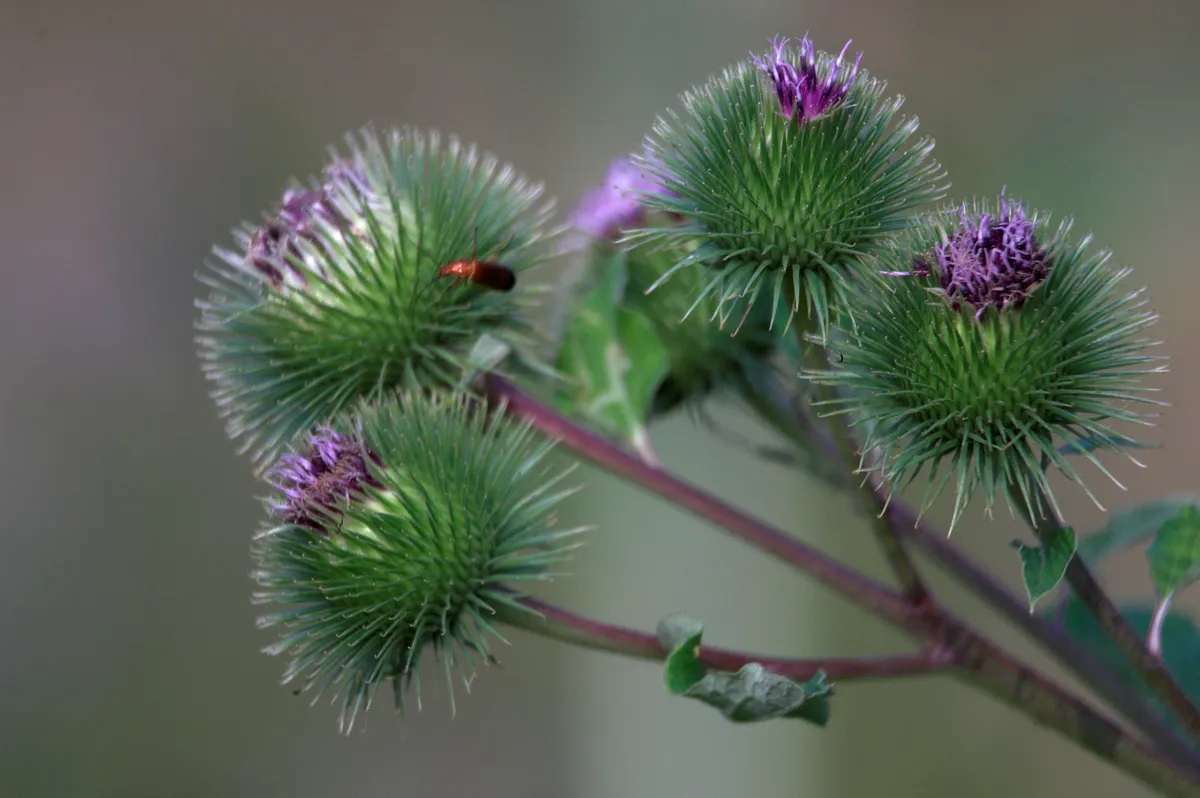
Related to thistles, burdock is an impressively sturdy plant that grows rapidly. Once foraged for its edible root, it is today often considered a weed. In summer, burdock produces thistle-like purple flowers, with a ball of viciously hooked spines below each flowerhead. This prickly structure, called a burr, contains the seeds.
If a mammal brushes past, the spikes latch onto its fur and the seeds are dispersed. In 1941, the super-sticky burr famously inspired a Swiss engineer, George de Mestral. His invention? Velcro.
Barred grass snake (Natrix helvetica)
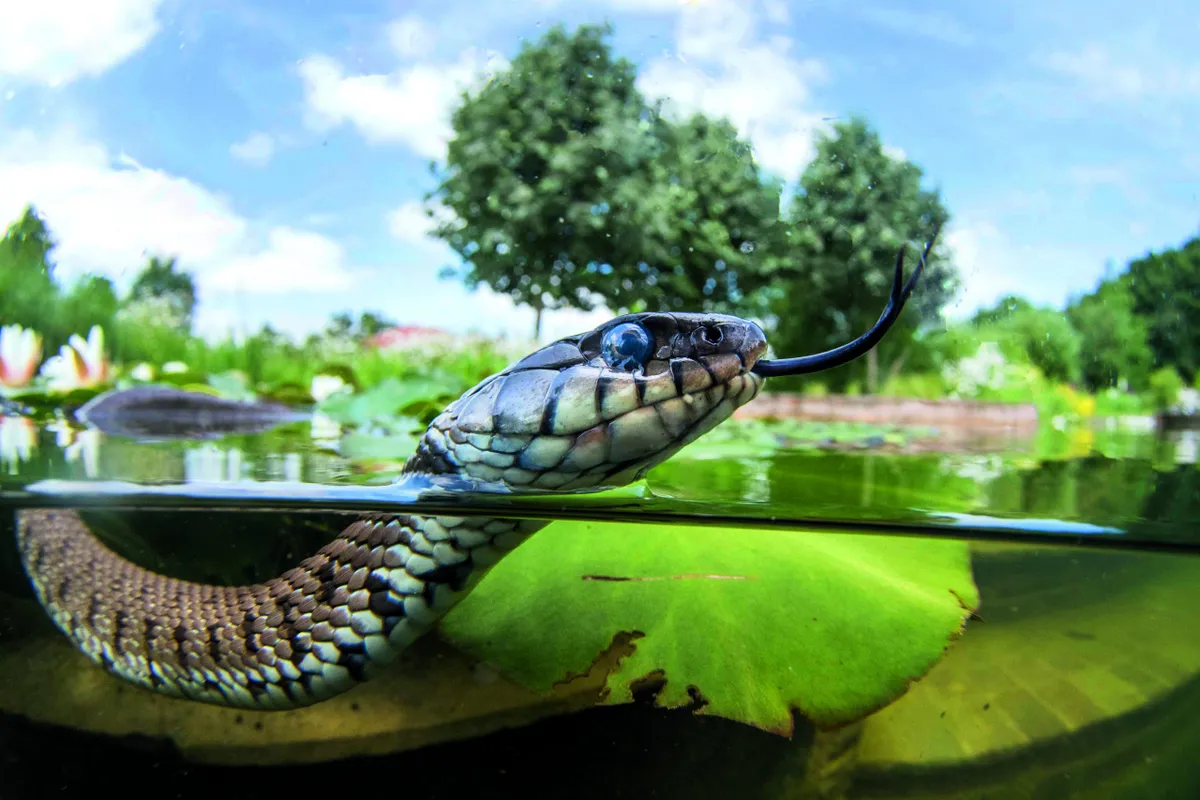
An idyllic pond, strewn with enough water lilies to keep Monet busy for hours, might seem an unlikely place to meet our largest, most abundant snake. Rather chilly for a sun-worshipping serpent, you might think. But the barred grass snake (usually just referred to as grass snake in the UK) is a strong swimmer, and, by mid-morning on a summer’s day, having warmed up nicely by basking in a sheltered spot, it sets off to hunt.
Top of the menu are amphibians and fish, which it stalks above and below the surface – sliding among floating lilies and weeds and through lush bankside vegetation to hide its approach. A decent meal will last the reptile two or even three weeks.
Sharing this particular Nottinghamshire garden pond was photographer Jack Perks, an underwater specialist who, in June 2019, completed an epic seven-year quest to photograph and film all 54 species of freshwater fish in Britain. He’d been tipped off that snakes frequent the pool, which the owner uses for wild swimming.
Its filtered water is gin-clear – perfect for photography – while the lack of chemicals means it teems with frogs, smooth newts, water beetles and dragonfly larvae. Keep a beady eye on the surface of tranquil ponds, canals and backwaters this summer in case, like Perks, you’re treated to a wildlife encounter to remember.
Learn more about snakes in the UK:
Common house martin (Delichon urbicum)
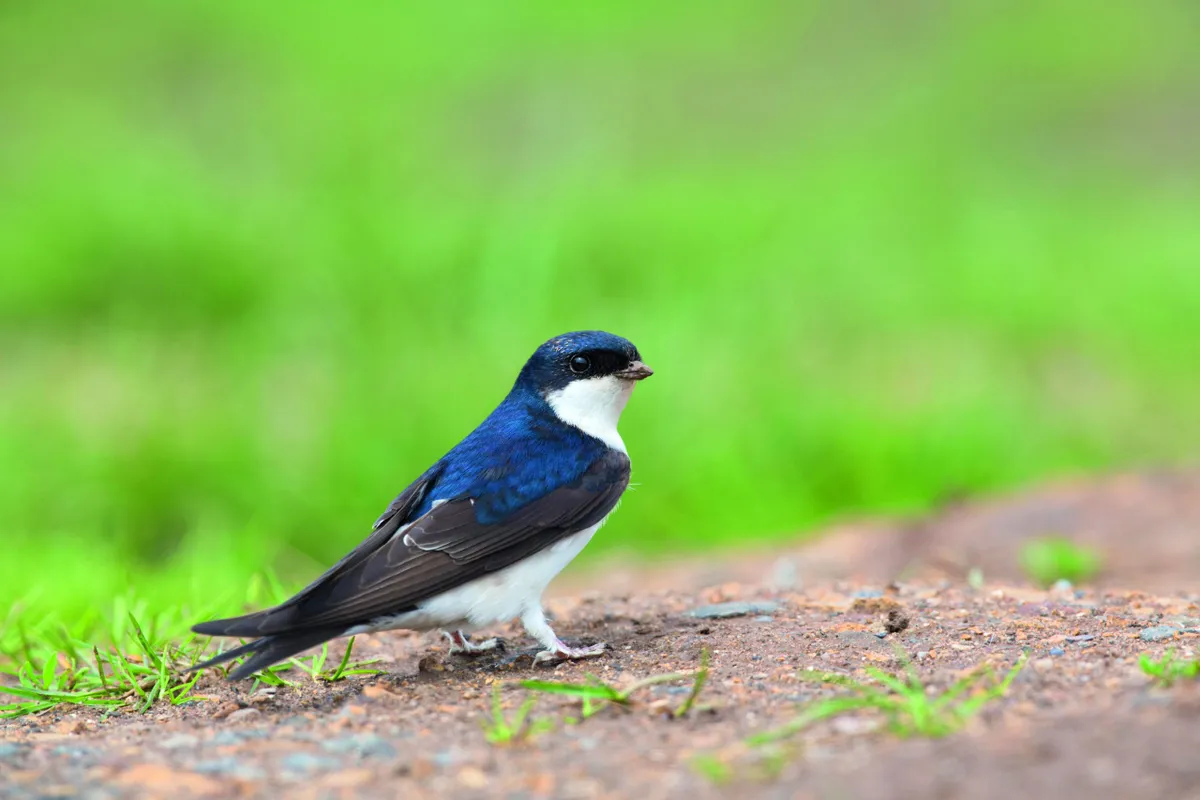
Their nests do make a mess, but we should all just learn to live with it. House martins are in rapid decline in the UK, especially in English suburbia, and they’ve flown all the way from West Africa to share summer with us. As with swallows, but unlike swifts, they raise two families in a season.
So the reporting rate to the BTO’s Gardenwatch project invariably peaks in August, as colonies have two broods’ worth of twittering young on the wing. Some pairs risk squeezing in a third brood.
Learn more about house martins:
European spider crab (Maja squinado)
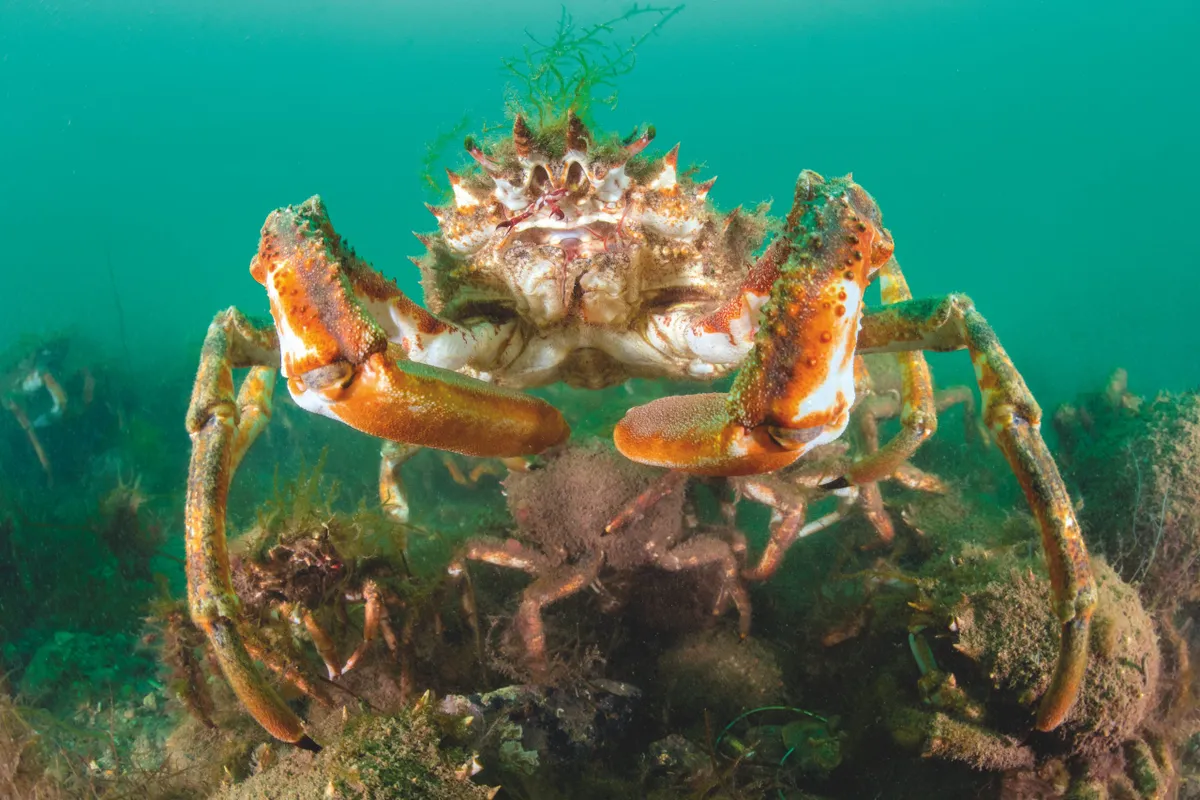
People on a beach seldom realise there’s a carnival of life within a stone skim of the shore. What biologists refer to as the lower intertidal zone is only exposed at the very lowest tides, perhaps once or twice a year, and attracts creatures you’d think stay in much deeper water.
At various times, this bustling world is visited by mackerel, catsharks, rays, flatfish, octopuses, lobsters, sea squirts and much else besides. Some are here to feed, others to mate or lay eggs, but spider crabs come to moult. Common spider crabs dwarf the greenish-brown shore crabs familiar from rock pools, with a red body just about big enough to cover a dinner plate, and spindly legs that span up to half a metre.
Their shell, or carapace, is protected with a fringe of sharp spines, and often hosts green algae, which provide useful camouflage. As in all crabs, the shell can’t expand, so must be shed as its owner grows. But since the replacement is soft and vulnerable at first, spider crabs migrate en masse to favoured moulting grounds, where they can enjoy safety in numbers. Several such sites are known in south-west England. Mounds of discarded shells litter the seabed, like the aftermath of a raucous party.
Learn more about coastal wildlife:
Common darter dragonfly (Sympetrum striolatum)
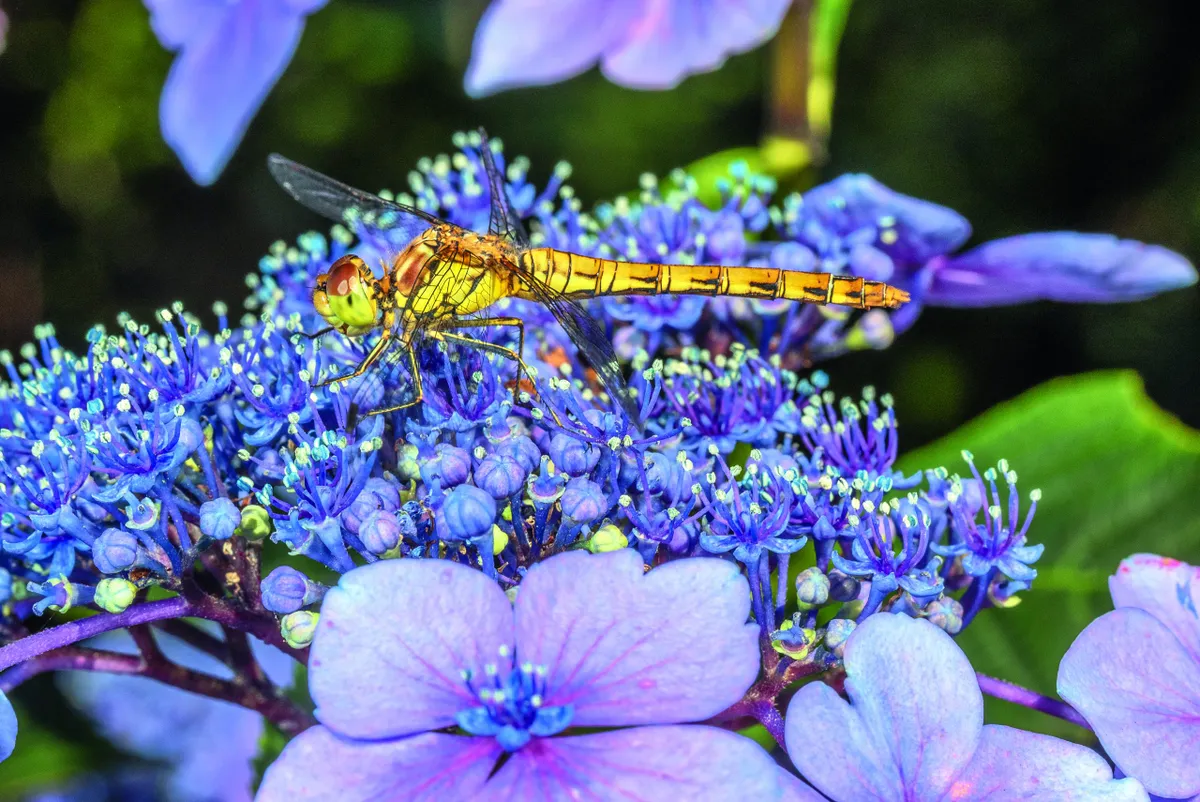
“Have you ever had a dragonfly eyeball you?” asks Jini Reddy in her book Wanderland. “It is a funny sensation, like being anointed by a tiny astronaut in a helmet.” If any species will give you this experience, it’s the common darter. Abundant and widespread, it visits gardens and parks until autumn, sometimes far from water, and happily rests on top of any stick, bamboo cane or garden fork. Try positioning a convenient perch to tempt one closer. Males are red, females (below) golden-brown.
Pedunculate oak (Quercus robur)

English oak is a misleading name for the commonest broadleaf tree in the British Isles. So, it’s a shame that ‘pedunculate oak’ is such a mouthful!
Many of our ancient specimens are not in forests in the modern sense, but stand proud in wood pasture, a traditional landscape where livestock grazed freely among pollarded trees. In this parkland-style setting, they serve as valuable stepping stones for wildlife. The largest may produce over 100,000 acorns. If you find an ‘Ent’, be sure to log it (sorry) on the Ancient Tree Inventory.
Grey seal (Halichoerus grypus)
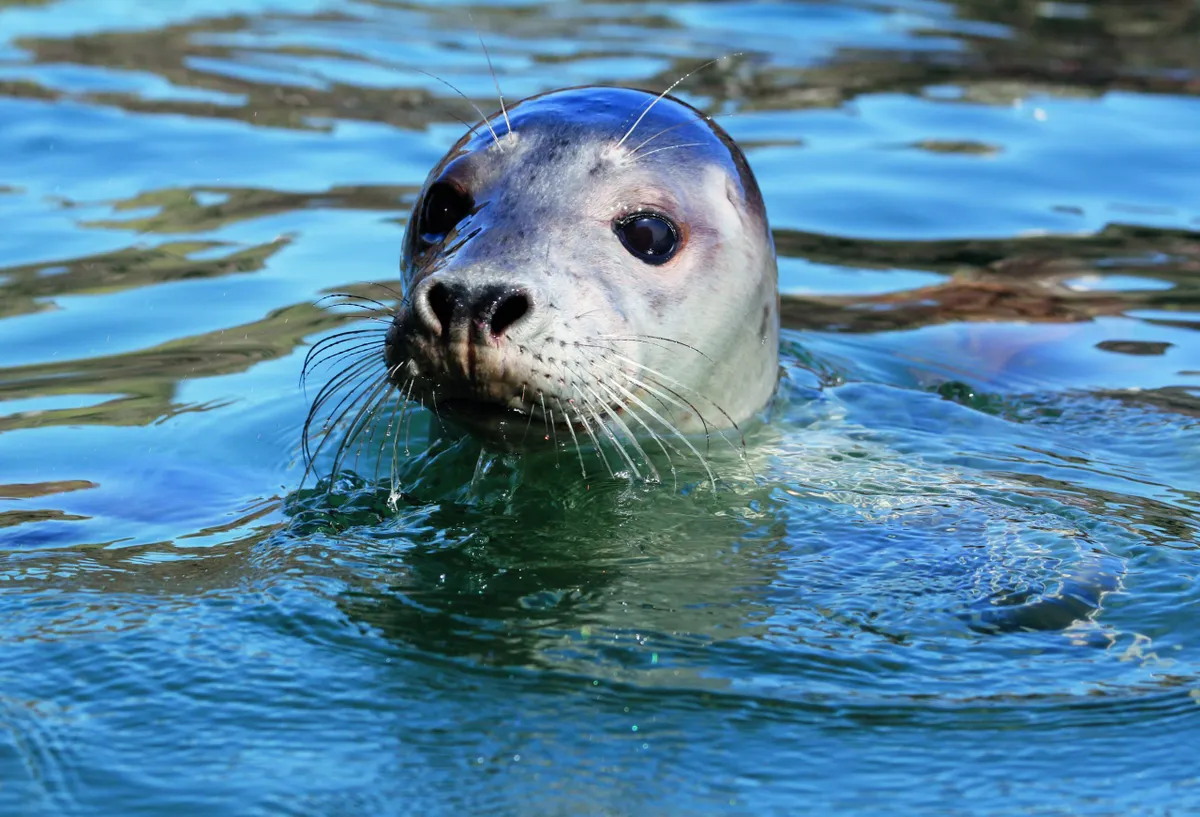
The drama of the breeding season may be a couple of months away, but you can still watch grey seals around our coasts. While some swim a few hundred kilometres out to sea on trips lasting several days, most seem to prefer fishing within sight of shore.
Their dives are usually quick and shallow – about one to four minutes – so you have a decent chance of seeing their horse-like heads bobbing in the waves. Grey seals can be curious by nature, approaching boats, scuba divers and snorkellers.
Learn more about seals in the UK:
Green tiger beetle (Cicidela campestris)
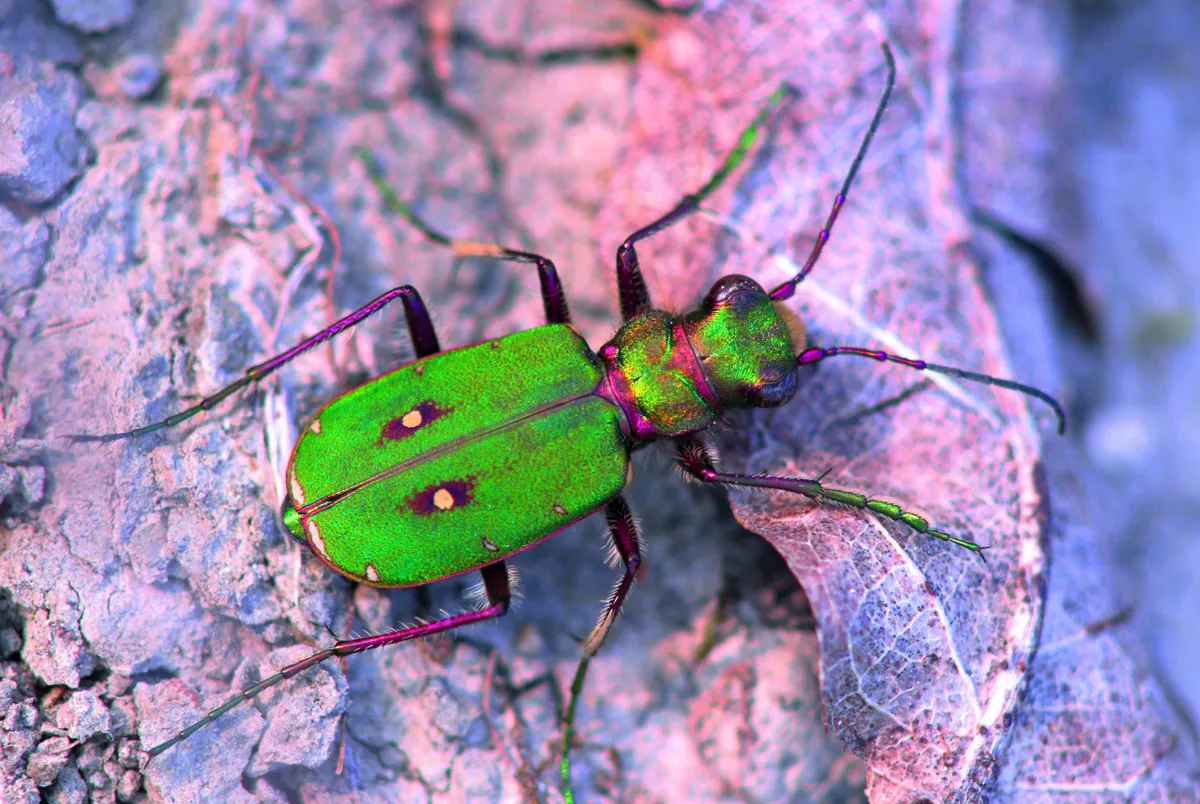
Many British ground beetles – and there are a lot of them, about 350 species – are essentially black or brown, sometimes with a metallic sheen. But here’s a stunning exception.
In Diary of a Young Naturalist, Dara McAnulty describes how this jewel-like, massive-jawed, goggle-eyed predator “javelins forwards”. Sunny patches of bare, dusty earth are all the beetle needs for hunting, so it thrives on ex-industrial sites and in other abandoned, scruffy corners of cities. Further afield, check sandy paths and heaths. The larvae lurk in killing pits, like ant-lions.
Greater horntail (Urocera gigas)
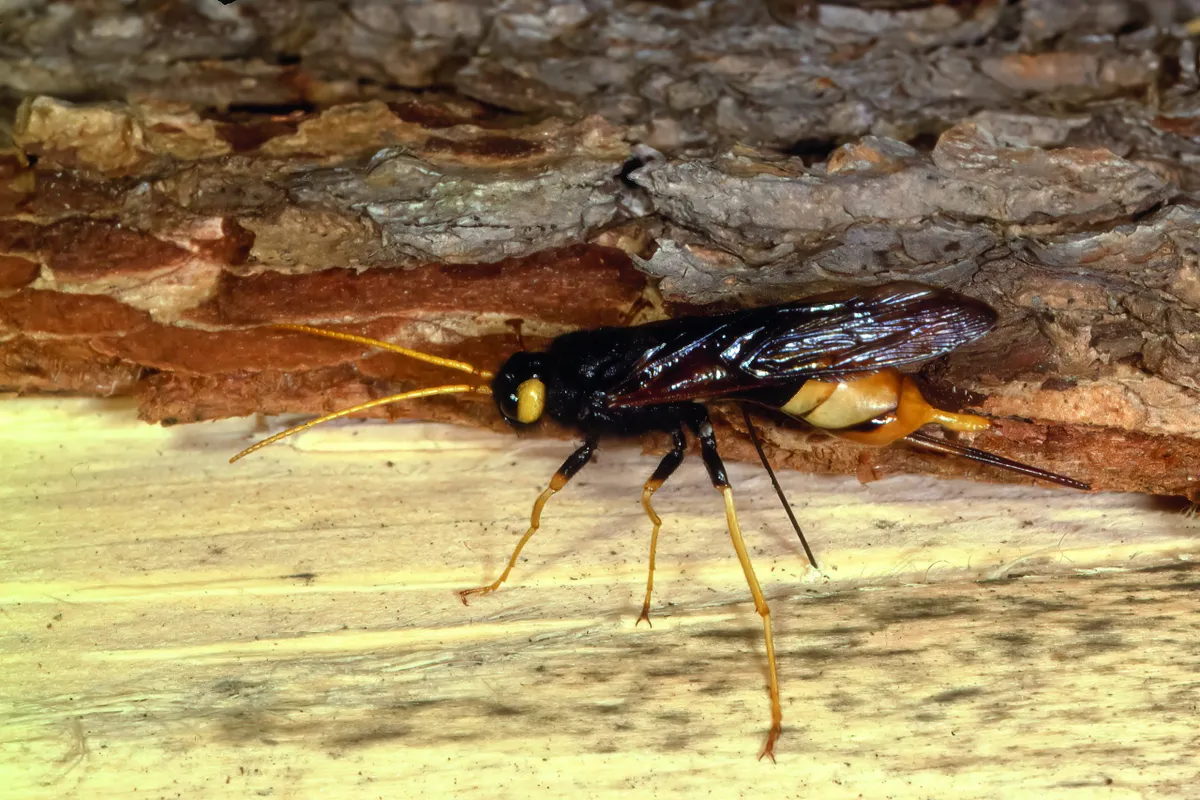
August can be a great month to see the female of this spectacular 4cm-long insect. Also called the giant wood wasp, it’s an excellent mimic – in fact, it is a very large, harmless sawfly.
The long ‘stinger’ is the female’s ovipositor, which she uses to insert eggs in pine trees. Her grubs will spend the next few years wood-munching. Good places to find the species are conifer plantations and stacks of felled timber, and for this reason foresters consider it a pest.
European robin (Erithacus rubecula)
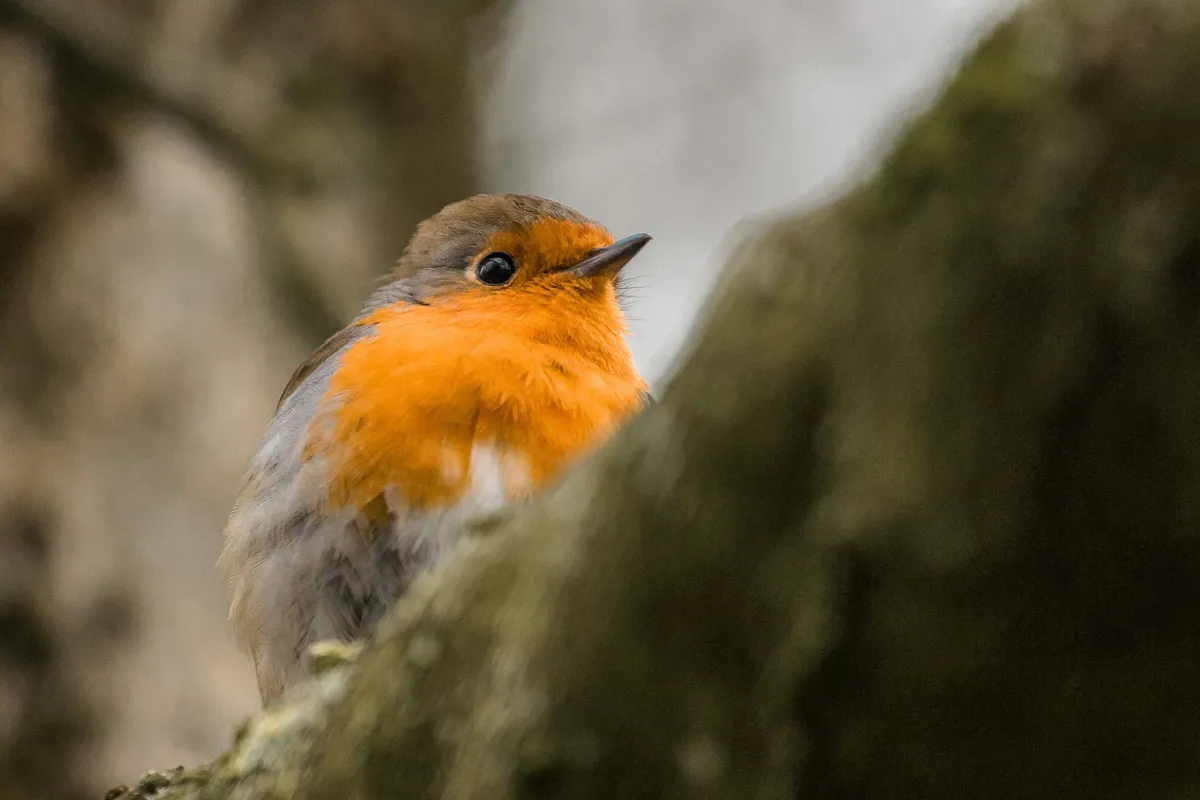
After the “bird-stifled uncanny emptiness of June and July”, as HE Bates put it in his 1936 classic Through the Woods, robins start singing again this month. That’s not the only change. Earlier in the summer, robins busy feeding young keep a low profile.
They also look pretty tatty, with faded orange breasts as if they’ve been left out in the sun (which, of course, they have). By August, their breast feathers are red once more following a moult.
Learn more about European robins:
Roesel's bush-cricket (Metrioptera roeselii)
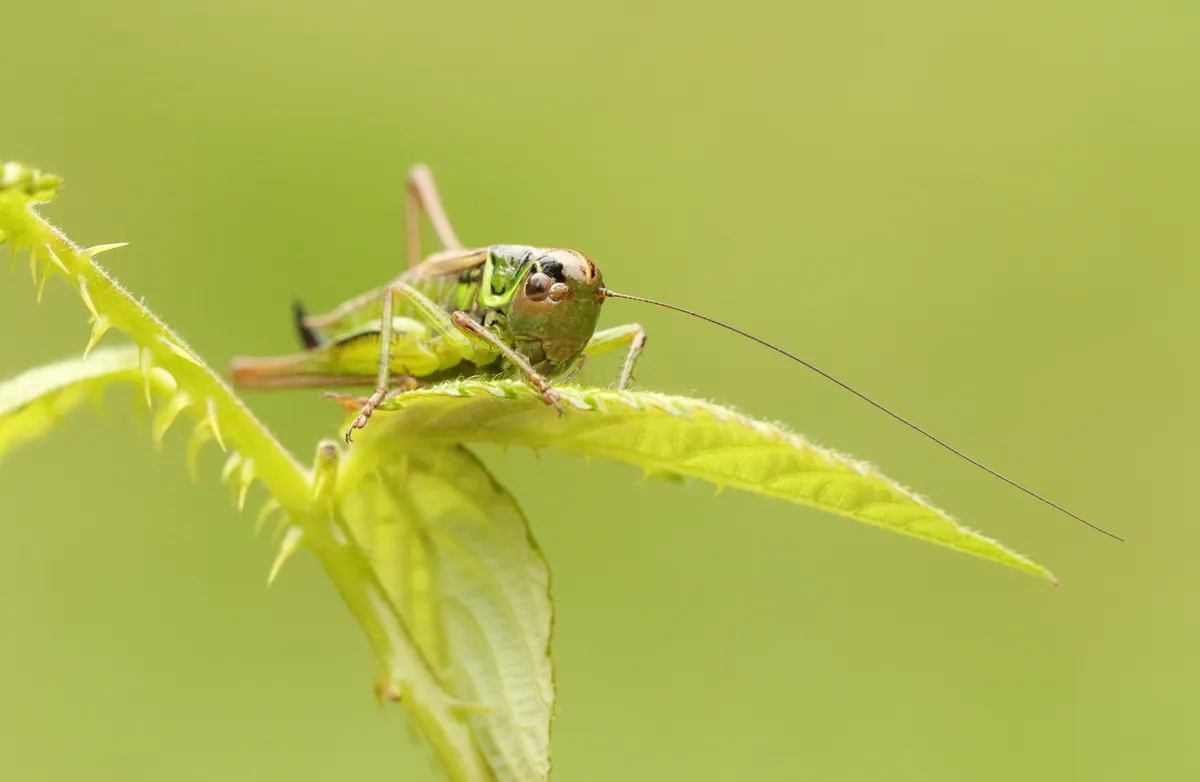
August is a great month for getting to grips with our bush-crickets and grasshoppers, many of which are singing away now. Whereas grasshoppers ‘stridulate’ by stroking pegs on their back legs against their front wings, bush-crickets rub their front wings together instead.
Roesel’s bush-cricket produces a high-pitched buzz like crackling static – learn it by listening to recordings online. Once a south-eastern speciality, this insect (which is usually flightless) is rapidly marching north into the Midlands, Yorkshire and north-west, helped by climate change. Listen for it in field edges, verges, rough ground and other overgrown grassy places.
Devils'-bit scabious (Succisa pratensis)
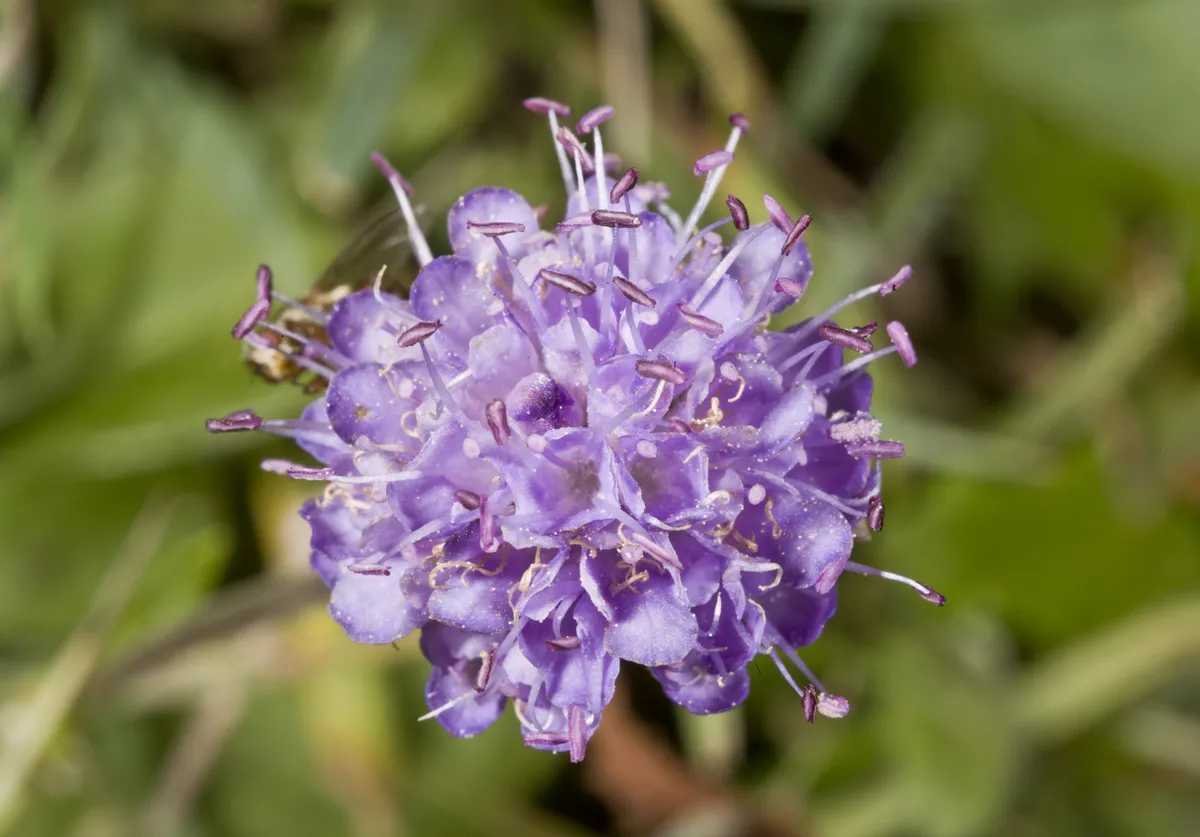
Old names for wildflowers often seem romantic or even comical to modern ears, and devil’s-bit scabious is a prime example. Richard Mabey’s ‘wildflower bible’ Flora Britannica lists “bobby bright buttons” as one of its traditional vernacular names, presumably a reference to how its ruffled flowerheads bob about on the breeze.
Its equally curious common name arose from a tale that the devil bit its roots off, leaving them short. Now worryingly in decline, the pretty plant flowers in damp grasslands from July until early autumn.
Adonis blue butterfly (Polyommatus bellargus)
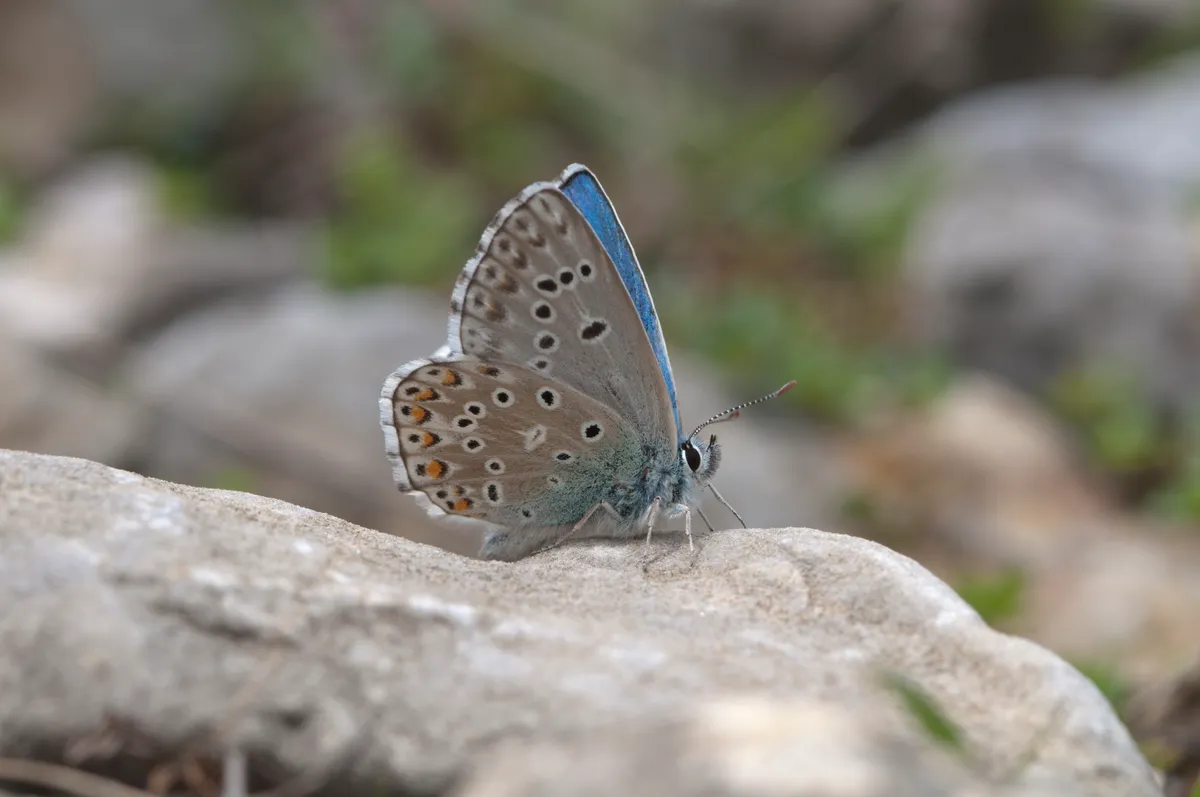
Rivalled by the kingfisher and spring gentian (a great rarity restricted in Britain to Teesdale), the male Adonis blue is a leading contender for our most brilliantly blue species. By contrast, the female’s upper wings are sooty-brown, sometimes with a bluish wash.
The second brood of these butterflies is on the wing now, flitting over warm chalk downs in southern England. They are phenomenally sedentary. Dave Goulson writes in A Buzz in the Meadow that they “happily live out their entire life in a few square metres of downland, and will rarely (if ever) choose to head off into the unknown.” Hunt for them on sunny days.
Round-leaved sundew (Drosera rotundifolia)
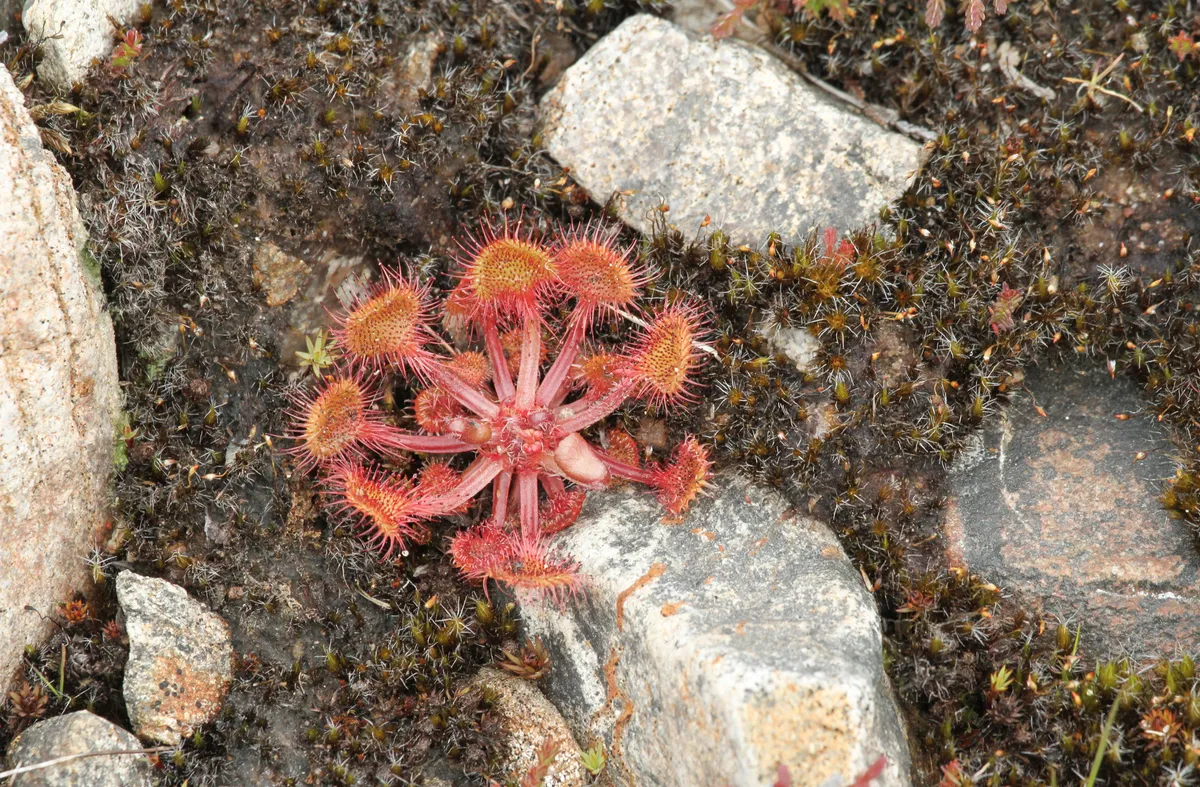
Peat bogs seem bleak at the best of times, but in summer these valuable soggy wildernesses – which store more carbon than all our woods and forests combined – come alive with fluffy, white cotton grass and specialist wildflowers.
A few, such as sundews, supplement the bogs’ meagre nutrients with flesh. Their gloop-tipped hairs taste sweet, luring flies, midges and even the odd damselfly, which are soon stuck fast. Each leaf tendril rolls up its meaty morsel like a fajita. Common in Scotland, Wales and northern England, these little plants might each digest hundreds of insects over the summer.
European beewolf (Philanthus triangulum)
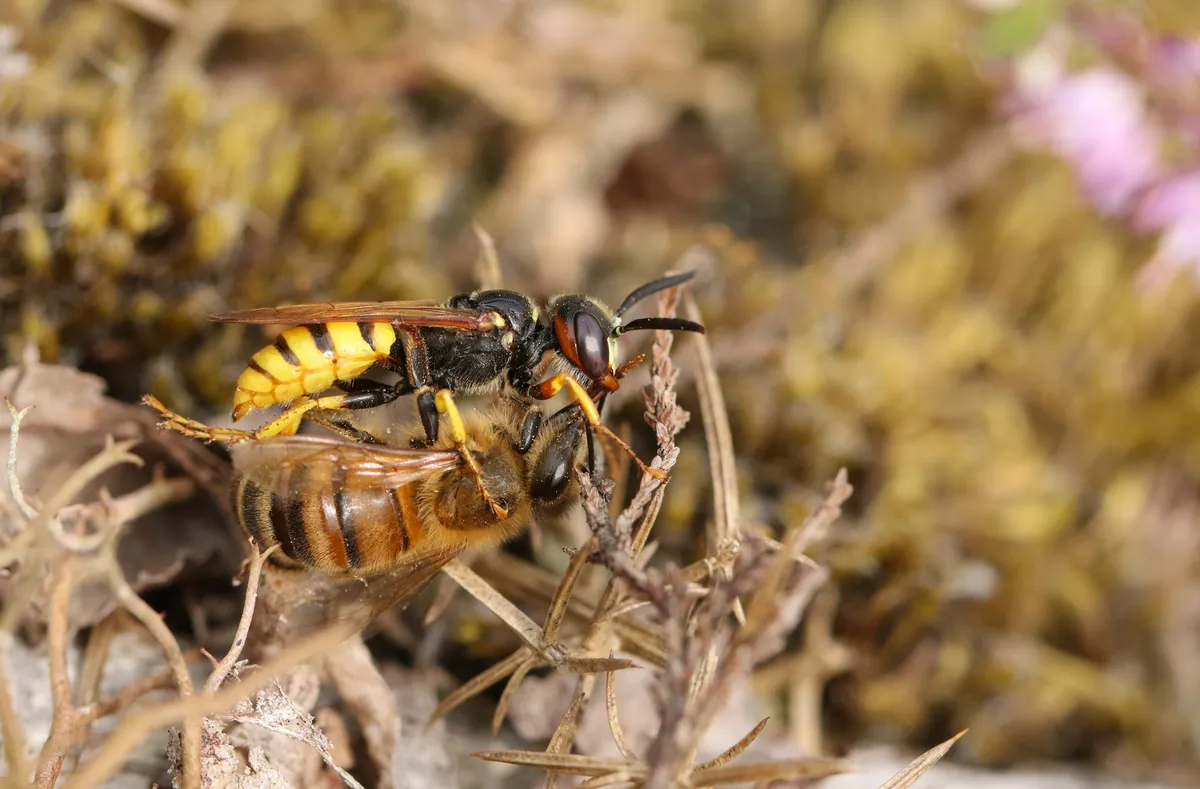
Most of Britain’s wasps – several thousand species – are solitary killers that track down other invertebrates and paralyse them for their grubs to devour live. Many target the nests of bees.
Perhaps our most spectacular example is the beewolf – females look like giant common wasps and ruthlessly hunt worker honeybees, hauling them away to provision their larval burrows. Look for beewolves in heaths and bare, sandy places, often by the coast or at brownfield sites; RSPB Minsmere in Suffolk is a known hotspot.
Little stint (Calidris minuta)
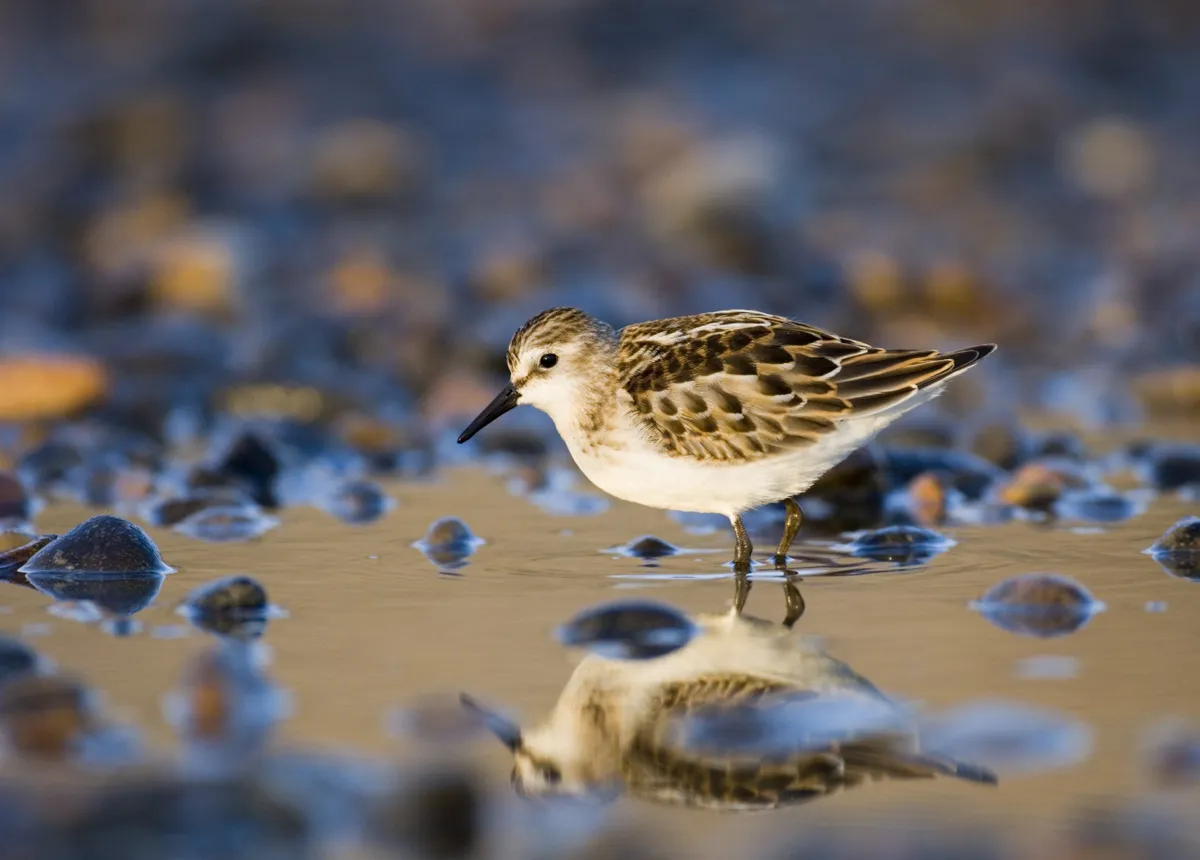
Smaller than sparrows, stints are the tiniest of the various wading birds now pouring south from their tundra breeding grounds in northern Europe and the Arctic. Fewer than a thousand little stints pass through Britain in late summer and autumn, mostly juveniles hatched just a couple of months earlier.
They feed frenetically along muddy pools and tidal creeks, refuelling on insects and crustaceans for their onward flight to the Mediterranean and Africa. Apart from size, little stints can be identified by a pair of cream stripes down their back, which birders liken to ‘braces’.
Purple loosestrife (Lythrum salicaria)
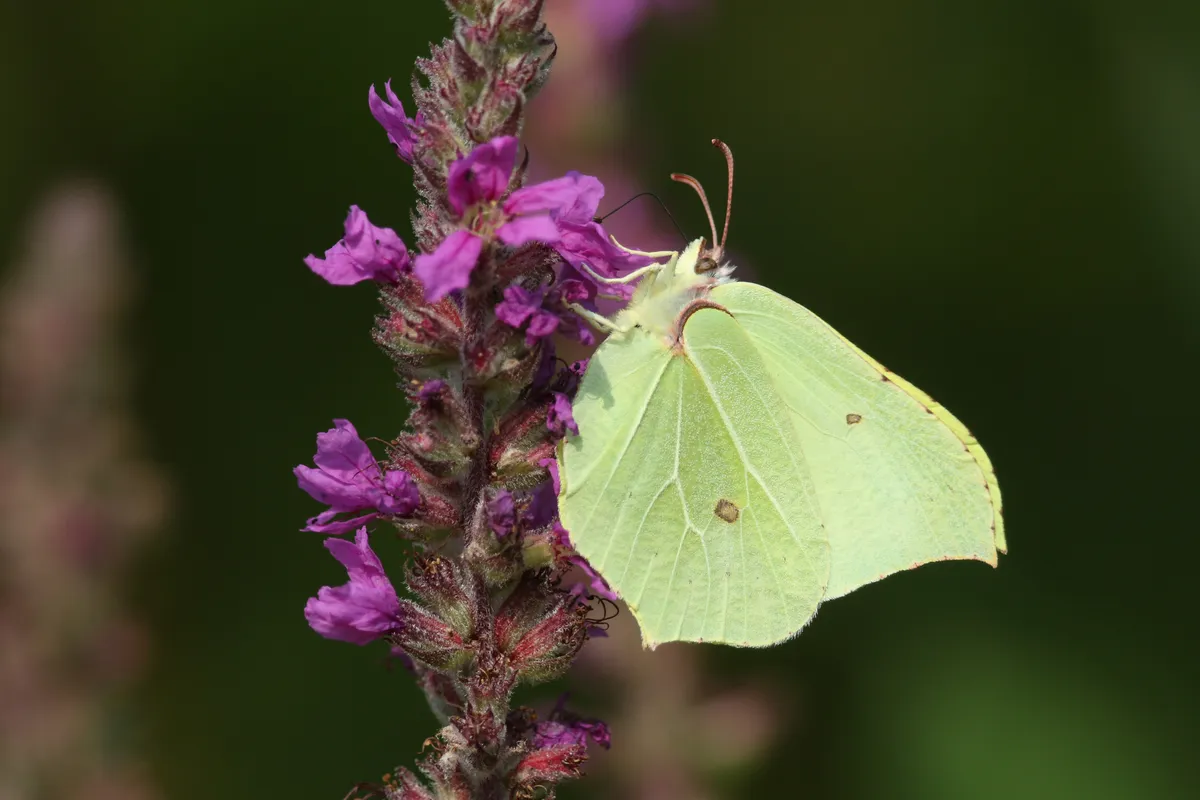
Growing in lush profusion beside rivers, this gorgeous plant has brilliant magenta flowers. Even its stems, which may reach 1.5m tall, are reddish-purple. Invariably, clumps of purple loosestrife will be buzzing with insect life, but the nectar is well- hidden, so visitors are long-tongued species – mainly bumblebees, butterflies and moths. Another bankside bloom at its best this month is hemp agrimony, whose flowerheads resemble shaggy, pink pompoms.
Sycamore moth caterpillar (Acronicta aceris)
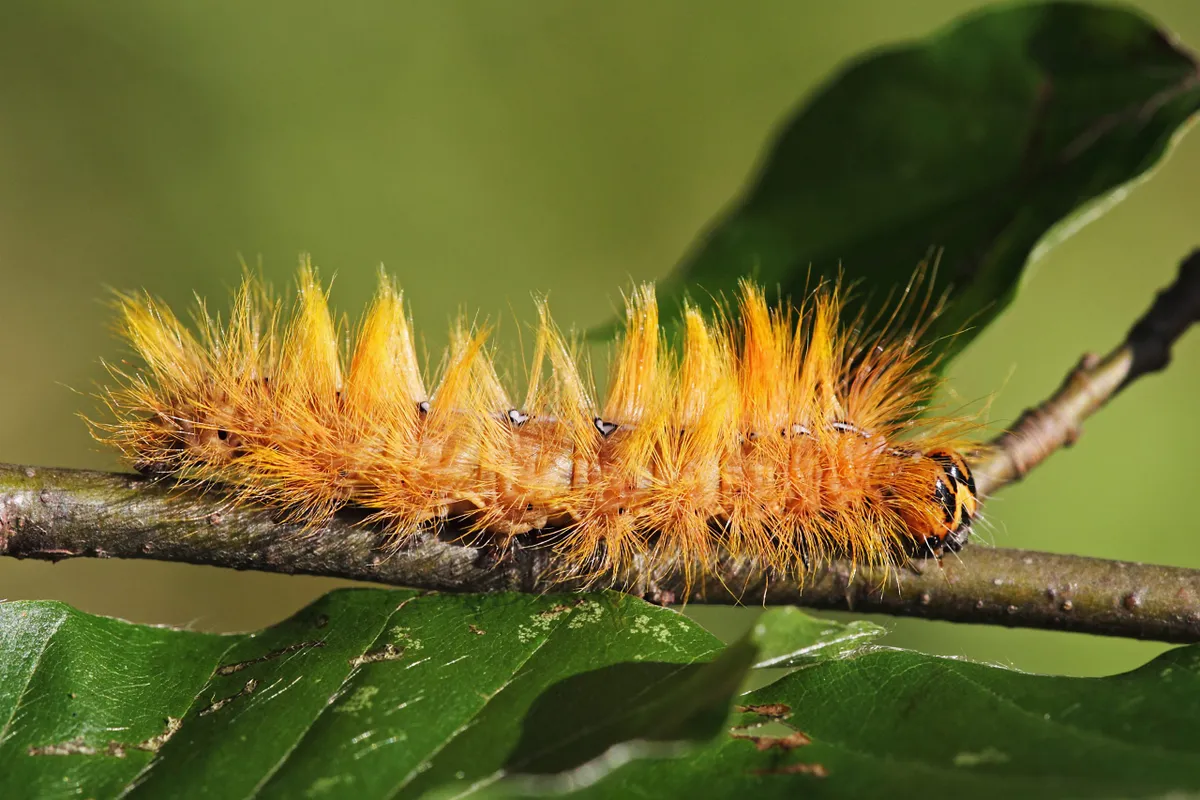
Moth caterpillars are often much showier than the adult insects they become, and August and September are great months for spotting them. Many very hungry caterpillars will be on their foodplants (helping clinch the ID), while others trundle over flowerbeds and paths, looking for somewhere safe to pupate.
You can hardly miss the neon fuzz of the sycamore moth caterpillar. It munches foliage of horse chestnuts, maples and sycamores, and is mostly found in southern England.
Learn more about caterpillars and moths:
Green woodpecker (Picus viridis)
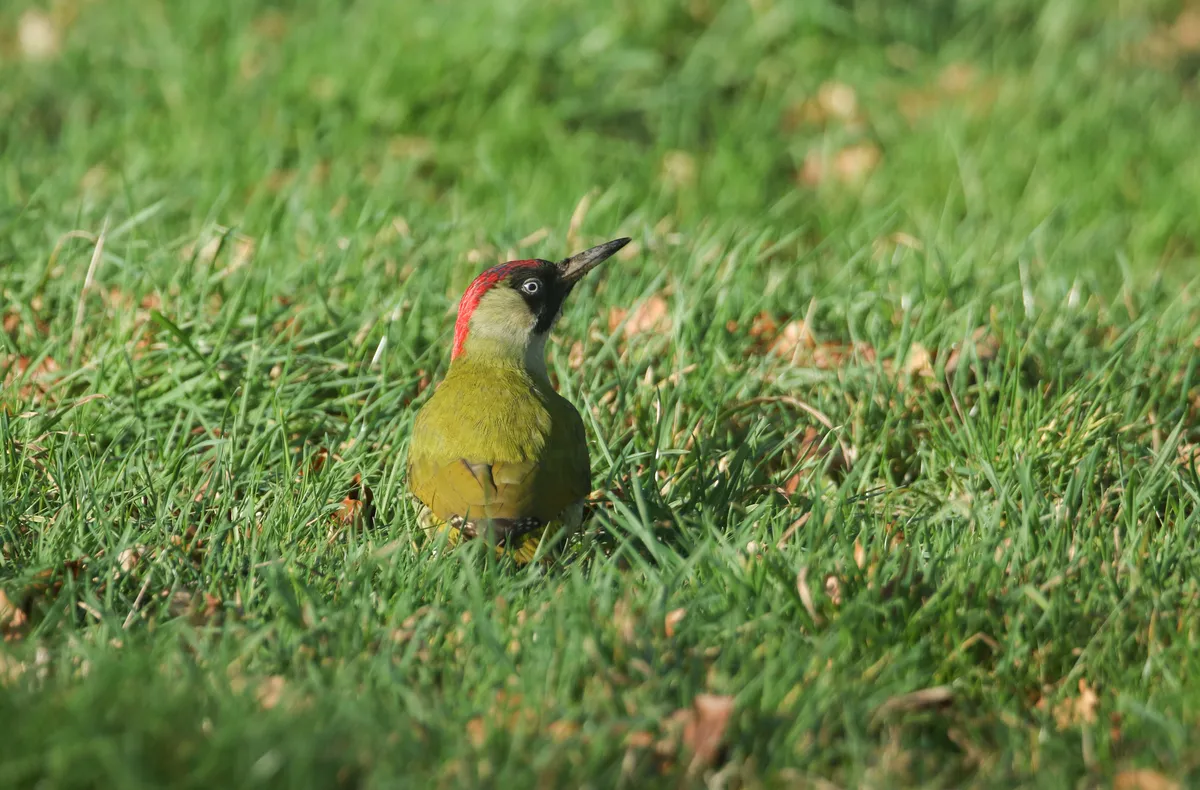
In summer our largest woodpecker escorts its fledged young to park and garden lawns to forage for ants together, especially where the soil is light and sandy. Juveniles can easily be told by their thickly spotted head and underparts, though come September they will be moulting into their first set of smart adult feathers.
Hunt for the ant- eaters’ cylindrical droppings left on rockery stones or garden furniture – they twinkle with shiny inedible wing- cases and crumble like cigarette ash in your fingers.
Learn more about woodpeckers:
Clouded yellow butterfly (Colias croceus)
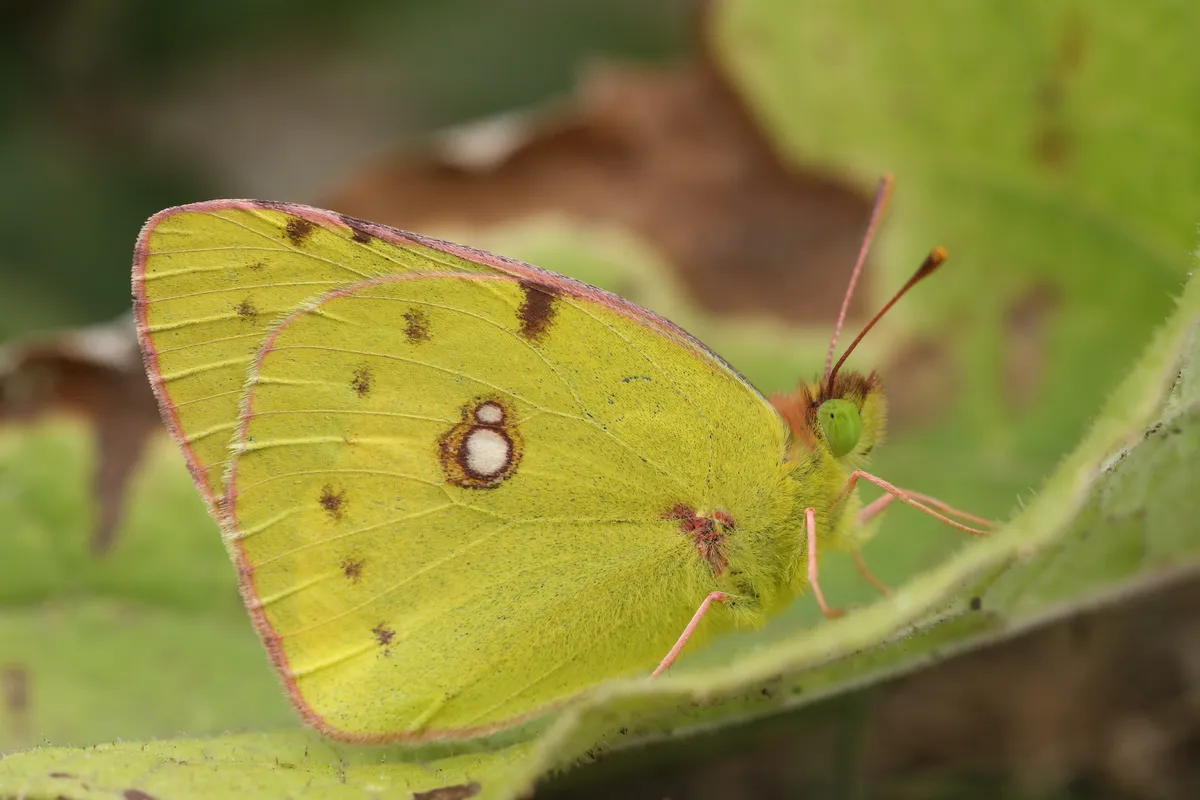
Are we overdue a mass invasion of this golden- winged beauty from southern Europe? Apart from the brimstone, it is the only mainly yellow butterfly seen in Britain.
Since 1970 there has been a trend towards more “clouded yellow summers,” says Richard Fox of Butterfly Conservation, though the migrant remains much rarer and less predictable here than fellow long-distance travellers such as the red admiral, painted lady and hummingbird hawkmoth. The last really big influxes were in 2013, 2006, 2000, 1996 and 1983.
Main image: Close-up view of the flowerheads of bell heather at RSPB Abernethy Nature Reserve, Cairngorms National Park, Scotland, UK. © Laurie Campbell





